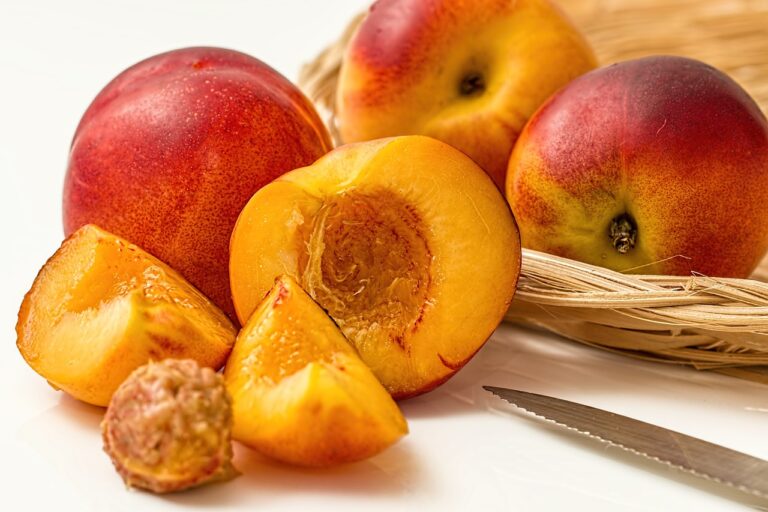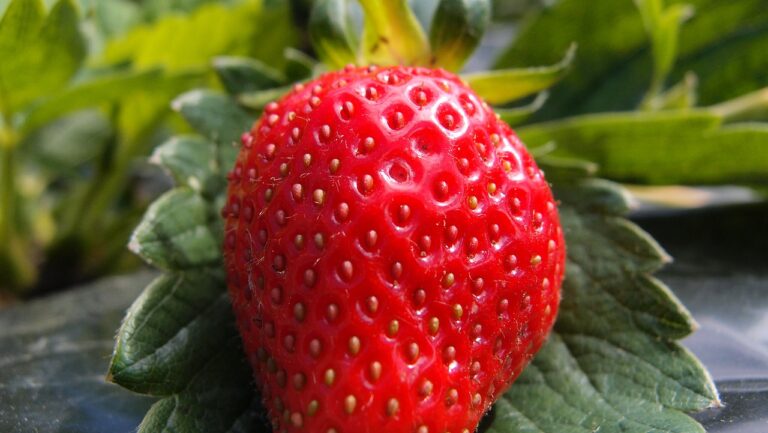Innovations in Aquaculture: Offshore Fish Farming Systems
sky247 login, 11x play, play99exch com login password: The world’s population is growing at an unprecedented rate, and with it, the demand for food is also increasing. As a result, sustainable and efficient methods of food production are becoming more crucial than ever. Aquaculture, or fish farming, is one such method that has gained popularity in recent years due to its ability to produce large quantities of seafood in a controlled environment.
Traditionally, fish farming has been conducted in freshwater ponds, lakes, and rivers. However, in recent years, there has been a shift towards offshore fish farming systems. These systems involve raising fish in the open sea, where there is more space, fewer environmental impacts, and better water quality. Innovations in offshore fish farming have made it possible to produce high-quality seafood in a more sustainable and cost-effective manner.
Offshore fish farming systems utilize large floating cages or nets to rear fish in the open ocean. These cages are typically anchored to the seabed and can be positioned at different depths to take advantage of natural water currents and nutrients. This allows for a more natural environment for the fish, which can lead to better growth rates and overall health.
One of the main advantages of offshore fish farming systems is the ability to scale up production without taking up valuable coastal land. By moving fish farms further offshore, farmers can reduce the environmental impacts on coastal ecosystems and communities. Additionally, offshore fish farming systems can take advantage of deeper, colder water temperatures, which can be beneficial for certain fish species that require specific environmental conditions.
Innovations in offshore fish farming technology have also led to improvements in fish health and welfare. For example, underwater cameras and sensors can monitor fish behavior and water quality in real-time, allowing farmers to quickly identify and address any issues that may arise. Automated feeding systems can also ensure that fish are fed the right amount at the right time, leading to more efficient growth rates and reduced feed waste.
Furthermore, offshore fish farming systems can help to reduce the risk of disease outbreaks and pollution in coastal waters. By moving fish farms further offshore, farmers can minimize the concentration of waste and chemicals that can negatively impact the surrounding environment. Additionally, offshore fish farming systems can help to reduce the spread of diseases between wild and farmed fish populations, further enhancing the sustainability of the industry.
In conclusion, innovations in offshore fish farming systems are helping to revolutionize the aquaculture industry. By moving fish farms further offshore, farmers can take advantage of larger spaces, better water quality, and improved environmental sustainability. These advancements are not only beneficial for fish health and welfare but also for the overall sustainability of the seafood industry. Offshore fish farming systems represent a promising future for aquaculture, providing a scalable and efficient method of producing high-quality seafood for a growing global population.
FAQs:
Q: What types of fish are typically raised in offshore fish farming systems?
A: Offshore fish farming systems can accommodate a wide variety of fish species, including salmon, trout, seabass, and sea bream.
Q: What are the main advantages of offshore fish farming systems compared to traditional fish farming methods?
A: Offshore fish farming systems offer more space, better water quality, reduced environmental impacts, and improved fish health and welfare.
Q: How do offshore fish farming systems help to reduce pollution in coastal waters?
A: By moving fish farms further offshore, the concentration of waste and chemicals in coastal waters is minimized, reducing the risk of pollution.
Q: What innovations in technology have contributed to the success of offshore fish farming systems?
A: Innovations such as underwater cameras, sensors, and automated feeding systems have helped to improve fish health, welfare, and overall efficiency in offshore fish farming systems.







